President's Message - June 2008
Connecting the dots. Who would have thought that it was so important?
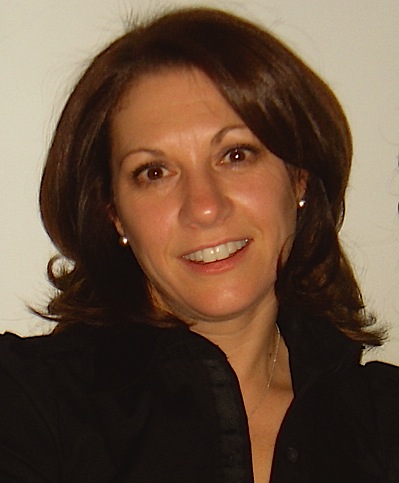
ANNA JUPP
ajupp@edu.yorku.ca
The last several years have been very eventful for mathematics education in Ontario. As mathematicians, educators, parents, life-long learners, we have experienced significant changes in what and how mathematics is taught and learned. Ministry-led reviews have brought about a more robust program and higher expectations for Kindergarten students. A revised Grade 1- 8 curriculum has put an emphasis on the processes through which students acquire and apply the big ideas of mathematics. OAME played an integral role in the discussions and debates that led to revised curricula, new courses, and adjusted pathways in the secondary panel. Faculties of education have adapted programs so that pre-service teachers are better equipped with both the content and pedagogy necessary to meet the needs of our students. Through the efforts of the Ministry of Education, the Literacy/Numeracy Secretariat, OAME, OMCA, teacher federations, and school boards across the province, Ontario teachers have come to experience exceptional professional learning opportunities led by exemplary colleagues as well as some of the most noteworthy researchers and educators from around the world. More change has come with a surge in the use of technology both as a vehicle for teaching mathematics and as a learning tool. In recent years, mathematics as a discipline has captured the attention of decision makers and has begun to receive the financial support required to impose and sustain change and growth in our schools.
What is the connection to connecting the dots?
We are at a point on this journey of mathematics education reform where analysis and reflection are essential for further progress. So where then lies the connection between continued success in mathematics education in Ontario and the process of relationship building and collaboration?
An analysis of what appears to be a simple activity of joining a series of dots reveals something more complex. From the onset, the connecting task requires the skills of prediction and visualization. Knowing how to proceed to link the dots demands the identification of patterns. Other higher order thinking skills such as application, analysis, synthesis, and evaluation are all called upon at different points of the process. The connection of all the dots reveals the final image. Replace these dots now with the conditions, participants, stakeholders, patterns, cause and effect relationships, and decisions that are all the artifacts of mathematics education in Ontario to date and the relationship is clear. The connection between each of these variables is vital in order to see the big picture. The study of the successes and errors of the past reveal for me the importance of making connections and all the skills required in the process. The maintenance of current relationships and the establishment of new connections will support the sustenance of future growth and higher achievement for our students in mathematics.
What are these connections about and how do they slowly reveal the big picture?
Educator-to-Educator connections
Never has there been a better time for educators who work with students at different stages of the continuum of learning to come together. Discussions about what important mathematics students should be learning at different stages and grades, as well as student needs have an enormous, positive impact on programs and resources. Teachers benefit from sharing proven learning and instructional strategies used in different panels and divisions that improve student understanding and achievement. OAME through the collective work of its members provides an ideal forum for such work.
Subject-to-subject connections
Furthering cross-curricular connections will not only allow teachers to take the principles and strategies that work in other subject areas and apply them to the teaching of mathematics, but will help students make their own connections. The OAME vision statem
Previous Message:
Happy Hippy Hoppy Spring One and All
Next Message:
Teaching and Learning Mathematics - Teachers and Students Making Connections

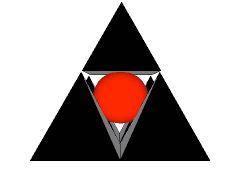







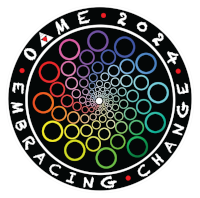
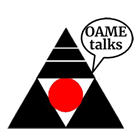
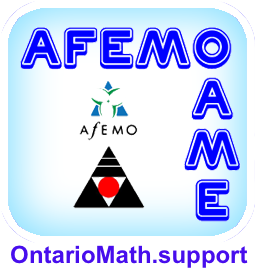
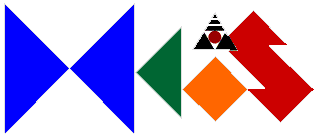





 Like us on FaceBook
Like us on FaceBook